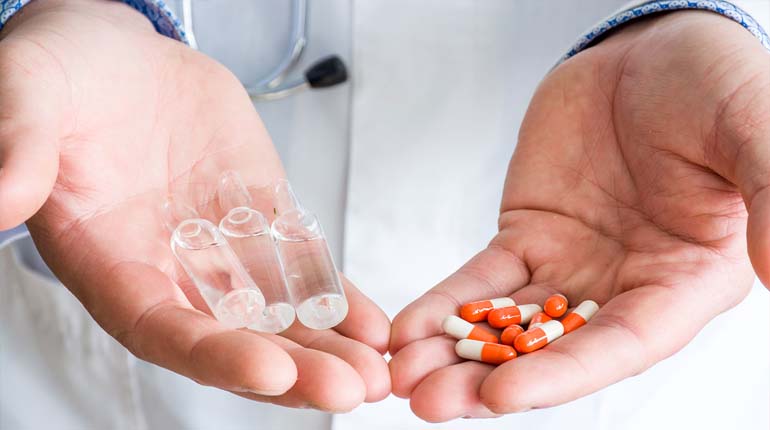
Chemotherapy is a drug treatment that uses medicines to destroy fast-growing cells in the body. Chemotherapy is used to treat cancer, as cancer cells grow and multiply much more quickly than most of the other body cells. There are a many drugs that are used in this method of cancer treatment. It might be used to destroy the cancerous cells, the various indications of which are described below. One important, most often, indication of chemotherapy is to kill cancer cells in blood which remain after surgery. This treatment may also be used (depending on the case) to even in order to shrink a cancerous growth before surgery or radiation therapy. The treatment is very effective in decreasing the number of cancer cells in the body and also helps to treat the symptoms of cancer. It is delivered with an IV cannula inserted in a large vein, usually in the arm or hand. It is important to note that IV chemo is the most common method of chemotherapy delivery. In some chemotherapy drugs, route of administration may be changed to a central line which will be advised by your oncologist.
Intravenous chemotherapy medicines start to work faster than any other forms of chemo, such as oral and topical methods, because they at once enter the cells present in the bloodstream. It is delivered through an IV route in the vein after it is mixed with IV fluid in a bottle. Its dose may be administered for a few minutes or up to a few hours/days and is customized for each patient according to his cancer type. The dose is different for each patient and is calculated according to weight and height of the patient, keeping in mind the age of the patient.
The treatment is typically performed in cycles/sessions lasting from one to six cycles, in most cases. Patients may get their chemotherapy cycles done in day-care in hospital, if it has to last for only few hours. But, few patients may require continuous infusions of the drug, which may be given over a few days or for even weeks at a time.
A relatively new device available for delivering IV chemotherapy is a chemotherapy port. The port is surgically placed into a major vein and can remain in the body for extended periods of time. Whenever the chemotherapy is administered through port, it ensures safe and uniform delivery of the drug in the body. Chemo-ports may be beneficial for patients who need frequent dosages of drugs likely to cause swelling in arm or for patients whose peripheral veins are less prominent and fragile.
The side effects of chemotherapy vary for different patients. They depends on the following factors
So, the above information means that the side effects of chemotherapy vary in each case. They may be minimal in many cases, contrary to popular belief. Hence, one should not unnecessarily worry about chemotherapy side effects. The patient should trust his cancer doctor and ask about the expected side effects in detail from his doctor. He should also ask his doctor the remedy for these side effects, if at all he develops them.
Certainly, the undue fear of these side effects should not deter you from taking proper and timely treatment of cancer, which can potentially even cure the disease.
To mention few common side effects of chemotherapy, the following list can be referred to. Most of the side effects are temporary changes in the patient’s body. But as mentioned before, this list may not be applicable to every patient’s case.
Treatment will depend upon the stage of tumour and fitness of the patient to undergo a major surgical procedure. Treatment can be broadly categorised into curative and palliative.
Curative treatment aims to eradicate the disease. To get the best results in advanced tumours, chemotherapy and/or radiotherapy and surgery are combined in an approach called multimodal treatment. Depending upon the extent of tumour, chemotherapy or chemoradiation can be given before surgery or after surgery.